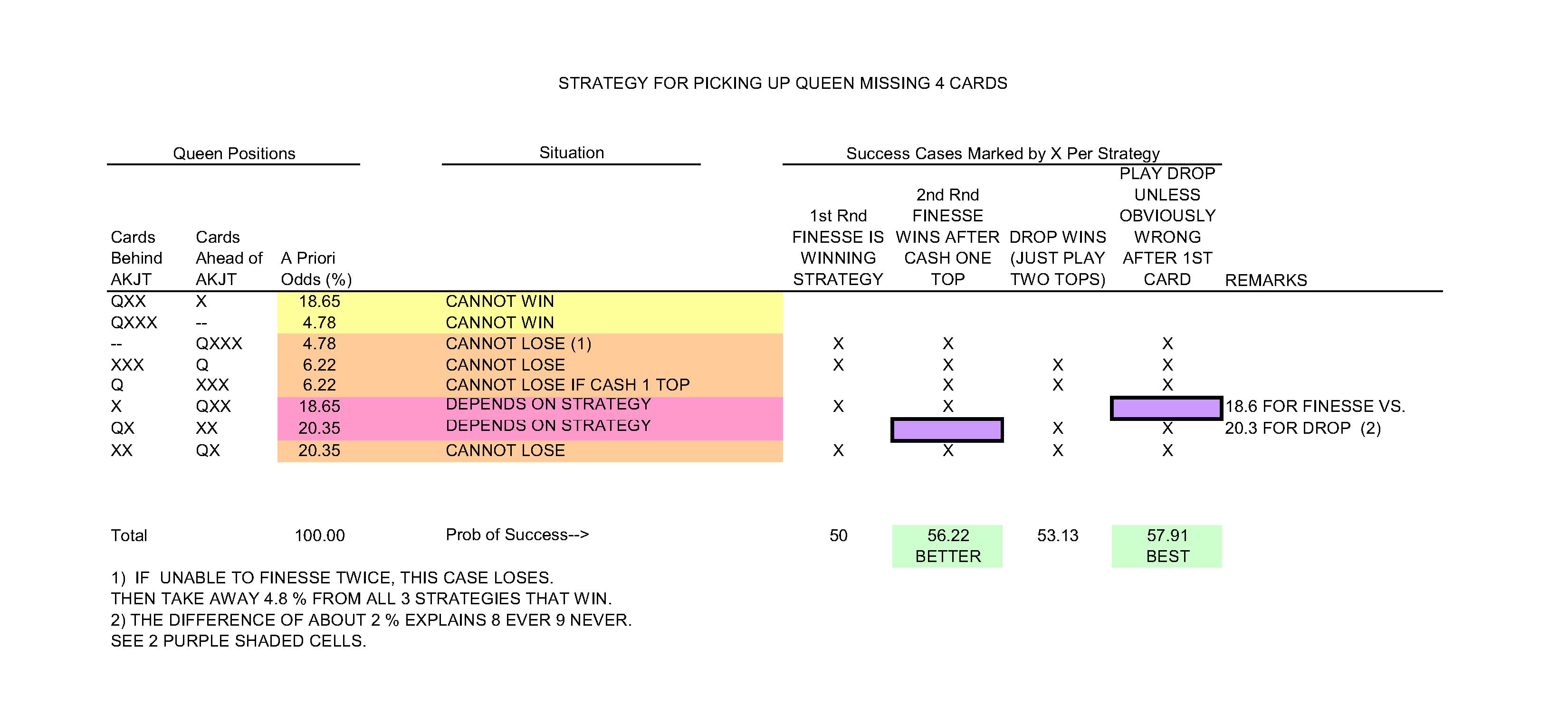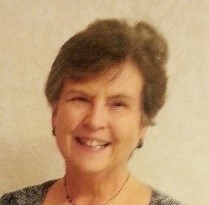We work hard to have more special games which costs more, but gives our players more points.
November Points for Monday:
1 9.52 John Morano
2 6.13 Marion Engel
3 5.58 Jack Falat
4 5.53 Alan Robb
5 5.53 Mike Hirleman
6 5.17 Bob Kramer
7 5.17 Richard Goings
8 5.07 Mike Rowray
9 3.82 Mary Ann Boardman
10 3.38 Robert Otto
11 3.38 Thomas Flanders
12 3.33 Donald Happel
13 3.33 Alan Craig
14 2.93 Mary Bennington
15 2.93 Timothy Bennington
16 2.52 Gregory Slager
17 2.41 Bruno Rinas
18 2.30 Barbara Skogman
19 2.22 Edward Gorman
20 2.22 Kenneth Ridler
21 2.05 James Boardman
22 2.03 Purnima Chawla
23 2.03 Ashok Chawla
24 2.02 Joan Bouslog
25 2.02 Fay Elson
26 1.97 Keith Sutherland
27 1.97 Nancy Sutherland
28 1.92 John Knodle
29 1.92 Roger Flint
30 1.75 Judy Vopava
31 1.75 Roger Johanson
32 1.73 Lindel Settle
33 1.73 Mark Settle
34 1.73 Tom Amosson
35 1.72 Diane Roush
36 1.61 Robert Buckheister
37 1.45 Lynda Schimberg
38 1.12 Gary Haddy
39 1.09 Wilda Gerks
40 1.09 Darlene Sissel
41 1.09 Kathy Hedlund
42 0.95 Ellen Krause
43 0.95 Melvin Krause
44 0.90 Sandy Sawyer
45 0.90 Karen Friest
46 0.84 Darlene Tammel
47 0.79 Kay Turner
48 0.79 Marie Gibbens
49 0.74 Allethina Harker
50 0.74 Richard Lamb
51 0.70 Jack Murphy
52 0.56 Maryann Shaughnessy
53 0.54 Mary Bergum
54 0.50 Sandy Frese
55 0.47 Mona Bertrand
56 0.40 Dawn Smith
57 0.36 Linda Cruise
58 0.36 Jean Halvorson
59 0.36 Jan Green
60 0.36 Marianne Stickley
61 0.32 Gisela Gunderson
62 0.31 Jerry Stevens
63 0.31 Paul Klein
64 0.31 Dennis Giesler
65 0.31 Nancy Klein
66 0.28 James Loehrlein
67 0.25 Pat Otis
68 0.25 Peg Orcutt
69 0.15 Connie Hellenthal
70 0.14 Shirley Moore
71 0.14 Linda Hancox
72 0.12 John Schmidt
Total Masterpoints reported: 133.36
November Points for Thursday
1 7.39 Mike Rowray
2 6.23 James Boardman
3 5.78 Gary Haddy
4 3.68 Jack Murphy
5 3.61 Roger Johanson
6 3.61 Judy Vopava
7 3.30 Mona Bertrand
8 3.30 Gregory Slager
9 2.98 Gisela Gunderson
10 2.97 Jack Falat
11 2.82 Mary Ann Boardman
12 2.68 Bruno Rinas
13 1.28 Lynda Schimberg
14 1.19 John Morano
15 1.07 Marion Engel
16 1.05 Dorris Hotchkiss
17 1.05 Keith Sutherland
18 0.94 Wilda Gerks
19 0.87 Thomas Flanders
20 0.74 Jeannie Slaman
21 0.69 Karen Friest
22 0.62 Alan Langenfeld
23 0.57 Connie Hellenthal
24 0.49 Tom Amosson
25 0.49 Robert Buckheister
26 0.49 Diane Roush
27 0.35 John Knodle
28 0.32 Charlotte Pence
29 0.32 Gretchen Stuhr
Total Masterpoints reported: 60.88





